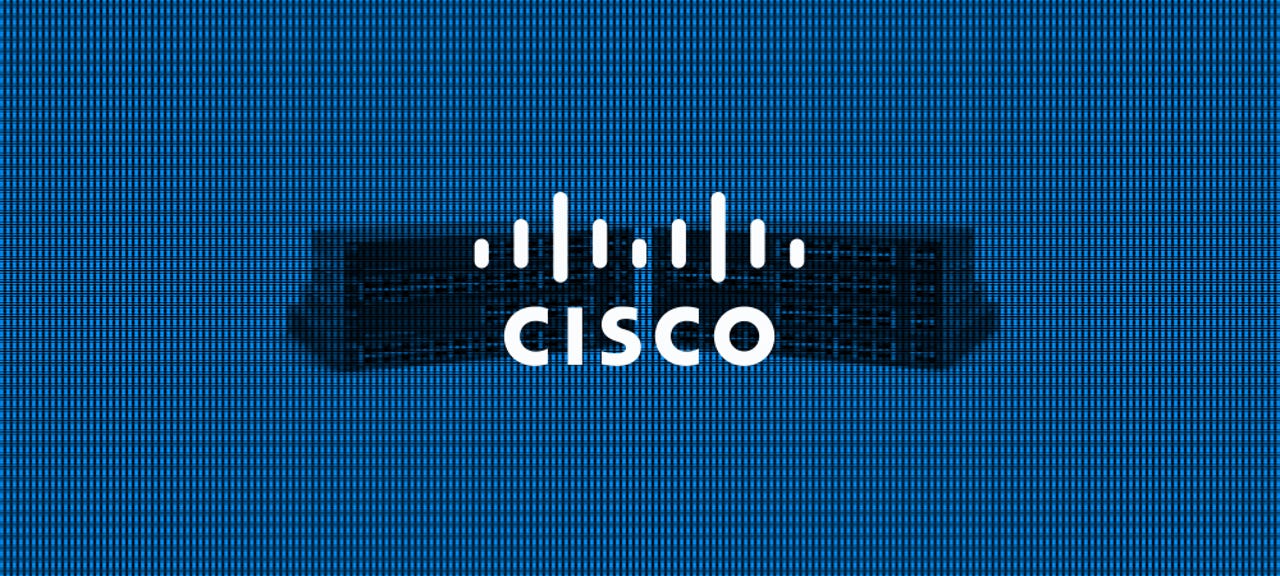Security bugs in popular Cisco switch brand allow hackers to take over devices

Cisco has patched today three dangerous bugs in one of its most popular products, the Cisco Small Business 220 Series of smart switches.
TechRepubli
The three bugs are an authentication bypass (CVE-2019-1912, rated Critical, rating of 9.1 out of 10), a remote code execution (CVE-2019-1913, rated Critical, rating of 9.8 out of 10), and a command injection (CVE-2019-1914, rated Mediu, rating of 7.2 out of 10).
Of the three, the first two are the most dangerous because they can be exploited by remote attackers over the internet without needing to authenticate on the device. This means that any Cisco 220 Series smart switch that is reachable over the internet can be attacked.
In a security advisory published today, Cisco said attackers can leverage the authentication bypass vulnerability to upload files on Cisco 220 switches, either to replace configuration files or plant a reverse shell.
The second bug, and the most dangerous of the three, allows attackers to run malicious code with root privileges, effectively allowing attackers to take over devices with a simple HTTP or HTTPS request aimed at unpatched switches.
Patches and basic mitigations are available
The good news is that the three vulnerabilities reside in the switches' web management interface. Device owners can either turn off the web management interface or install the updates Cisco released today.
The company fixed the three bugs in Cisco Small Business 220 Series Smart Switches firmware version 1.1.4.4. All previous versions are to be considered vulnerable, the device maker said.
Cisco credited security researcher bashis for reporting the vulnerabilities through the VDOO Disclosure Program.
However, attackers interested in taking over Cisco routers are currently free to reverse-engineer the firmware and discover a way to exploit the three security flaws on their own.
All three bugs can be integrated into automated exploitation tools and then embedded into botnet scanners to start attacks.
Cisco devices are one of the most targeted equipment brands on the internet today, mainly because of their wide adoption. There is always one or more threat actors looking for vulnerable Cisco gear any day of the week, according to Bad Packets, a cyber-security firm that keeps track of botnet activity and malicious internet scanning.
Mass scanning activity detected checking for Cisco RV320/RV325 routers vulnerable to CVE-2019-1653 (https://t.co/nWQNYOAk4s).
— Bad Packets Report (@bad_packets) July 31, 2019
Scans started at 2019-07-30T13:29:19Z and ended at 2019-07-30T18:55:43Z.
Scans originated from https://t.co/MR8pU8kJCb (@BitSight). pic.twitter.com/PKZdPx4NGL
⚠️ 𝗪𝗔𝗥𝗡𝗜𝗡𝗚 ⚠️
— Bad Packets Report (@bad_packets) August 1, 2019
Mass scanning activity detected from 198.12.64.10 (🇺🇸) checking for Cisco RV132W/RV134W routers vulnerable to sensitive information disclosure leading to RCE or DoS (CVE-2018-0125 / CVE-2018-0127 https://t.co/r39NEvZcYk).#threatintel pic.twitter.com/JuZS8orUrg
Cloud computing battles, AI and digital transformation: Research round-up
More vulnerability reports:
- QualPwn vulnerabilities in Qualcomm chips let hackers compromise Android devices
- Cisco to pay $8.6 million for selling vulnerable software to US government
- Google: 95.8% of all bug reports are fixed before deadline expires
- New Dragonblood vulnerabilities found in WiFi WPA3 standard
- Unpatched KDE vulnerability disclosed on Twitter
- iPhone Bluetooth traffic leaks phone numbers -- in certain scenarios
- Google will now pay up to $30,000 for reporting a Chrome bug CNET
- Top 10 app vulnerabilities: Unpatched plugins and extensions dominate TechRepublic
